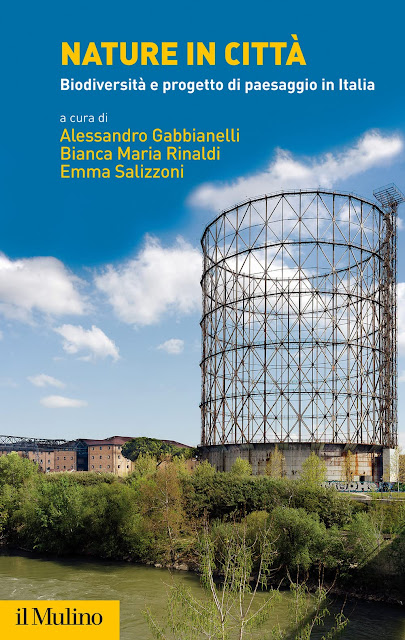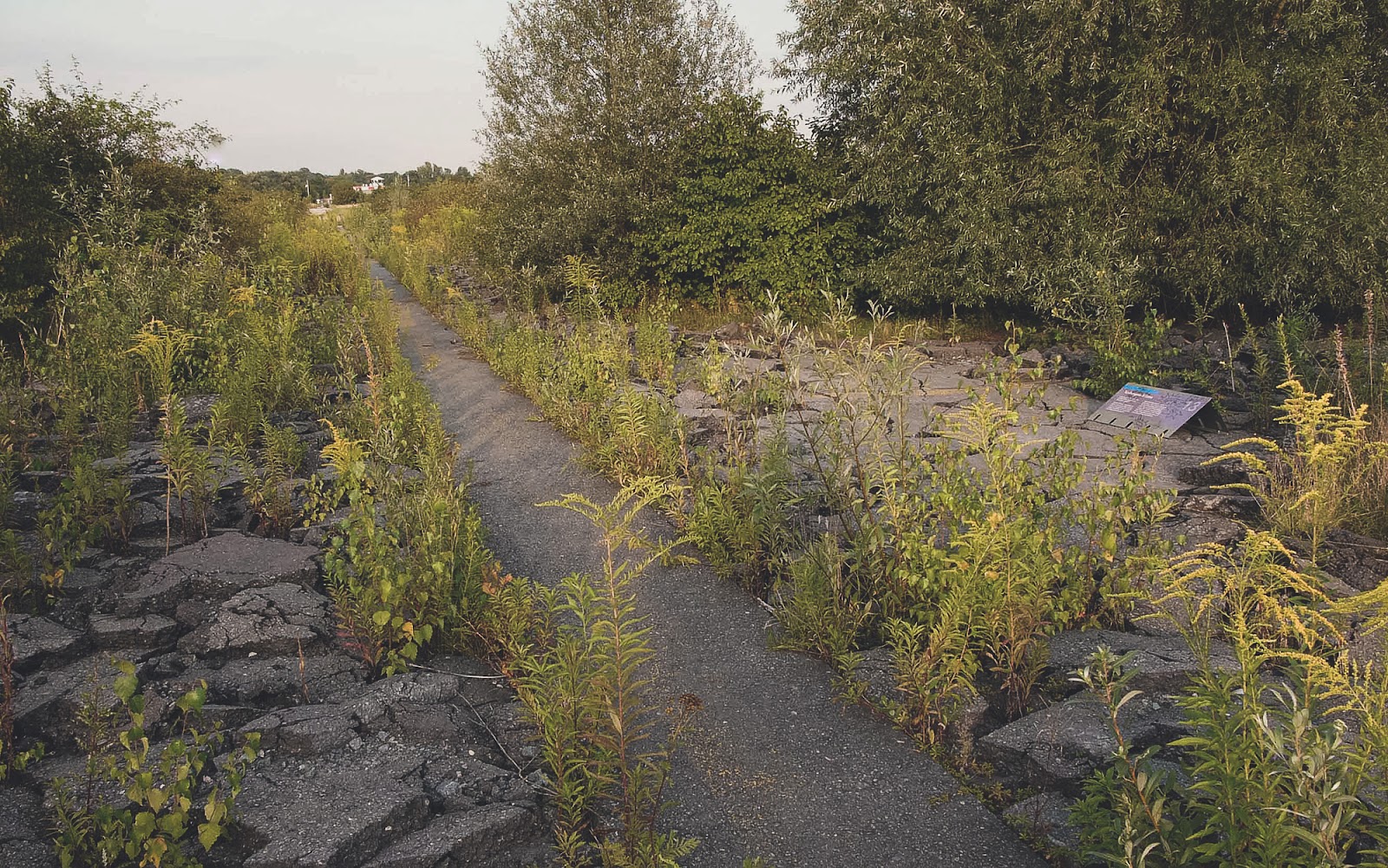
Negli anni recenti il progetto di architettura del paesaggio ha rivolto un’attenzione crescente ai temi della conservazione della biodiversità, esplorando le possibilità per una sua migliore integrazione nelle città. Mentre in contesti internazionali questo paradigma sembra ormai sedimentato, in Italia la salvaguardia della biodiversità urbana è diventata solo da qualche tempo strumento propulsore per il disegno di spazi aperti urbani e periurbani. Il libro dà conto della progressiva apertura del progetto di paesaggio ai temi della conservazione e dell’incremento della biodiversità urbana nel contesto italiano, evidenziandone modalità, strumenti e approcci prevalenti. Attraverso alcuni saggi di inquadramento, volti ad analizzare i caratteri e le condizioni – fisiche, normative, politiche, culturali – che influenzano le strategie progettuali, e attraverso la disamina di diversi casi studio, il volume discute le prospettive che si aprono oggi per il progetto di paesaggi urbani biodiversi in Italia.
INDICE
Introduzione. Coabitazioni: il progetto paesaggistico per la biodiversità, di Alessandro Gabbianelli, Bianca Maria Rinaldi e Emma Salizzoni
PARTE PRIMA: SINERGIE
Biodiversità urbana in Italia, di Emilio Padoa-Schioppa, Claudia Canedoli e Noemi Rota
Dal verde urbano alla foresta. Politiche, piani e regolamenti per le città, di Claudia Cassatella
Interazioni e integrazioni disciplinari per un progetto di paesaggio urbano biodiverso, di Federica Larcher e Paola Gullino
PARTE SECONDA: ESPLORAZIONI
Selvatico monumentale: il progetto paesaggistico delle aree archeologiche nella conservazione della biodiversità urbana, di Manuela Ronci
Progettare la distanza: interazioni uomo-natura nei nuovi ecosistemi urbani, di Emma Salizzoni
Dispositivi per far vedere e far parlare: osservare ed esplorare la biodiversità urbana, di Alessandro Gabbianelli
«This is a natural space». Ovvero, della natura urbana e l’iconicità dell’ordinario, di Bianca Maria Rinaldi
https://www.mulino.it/isbn/9788815293534
























